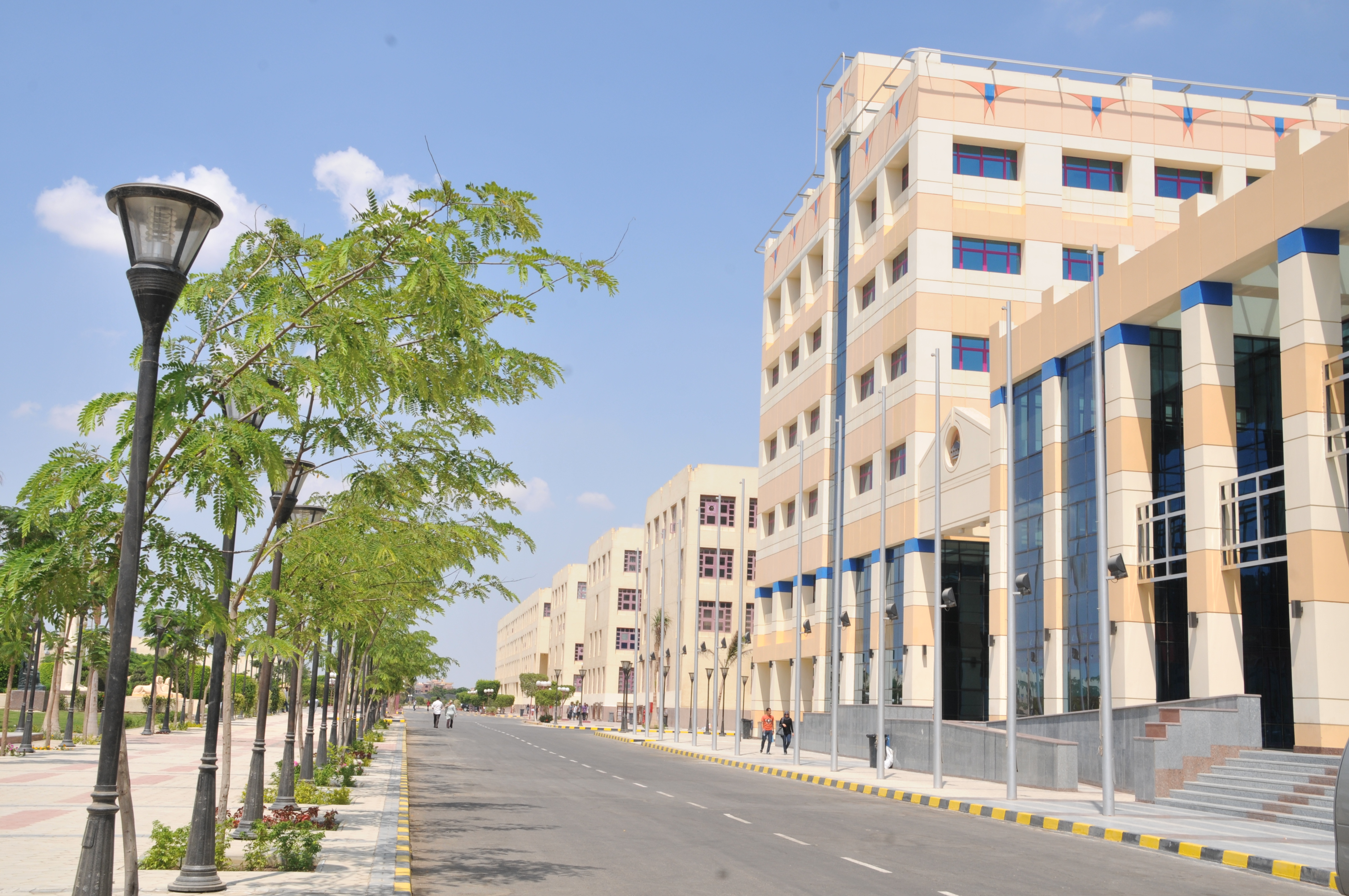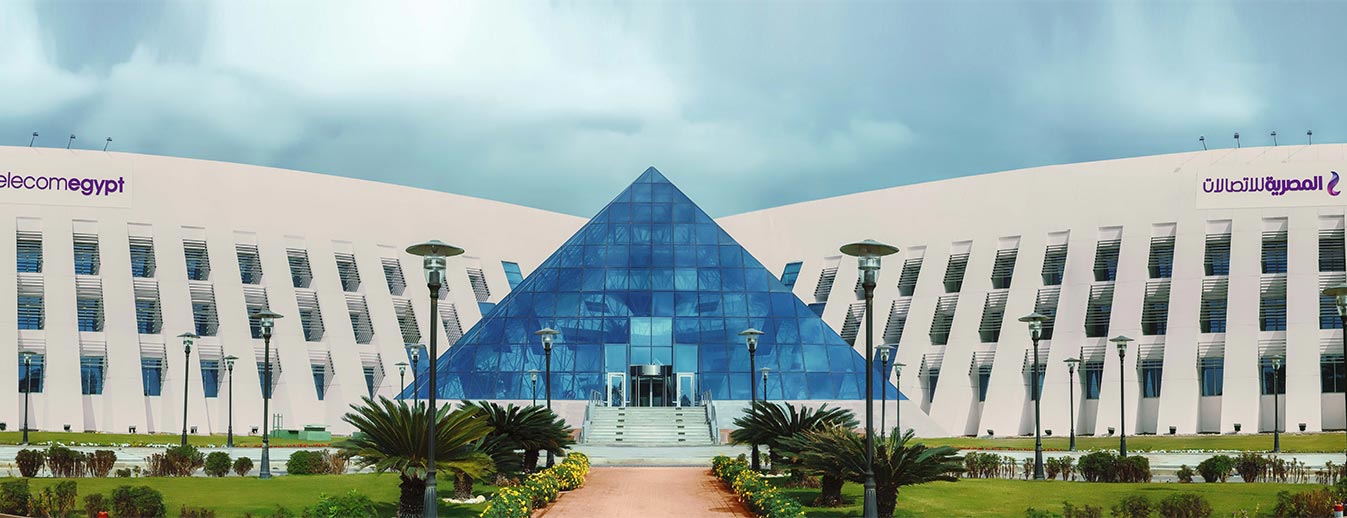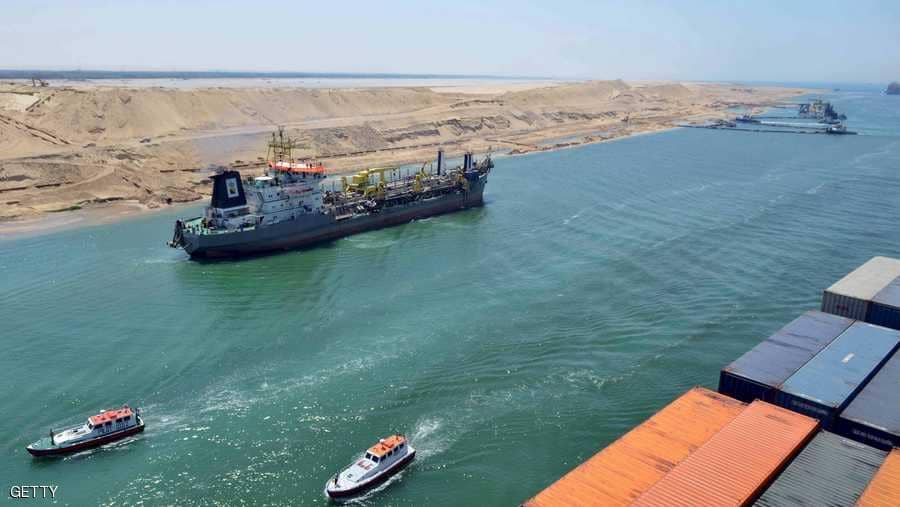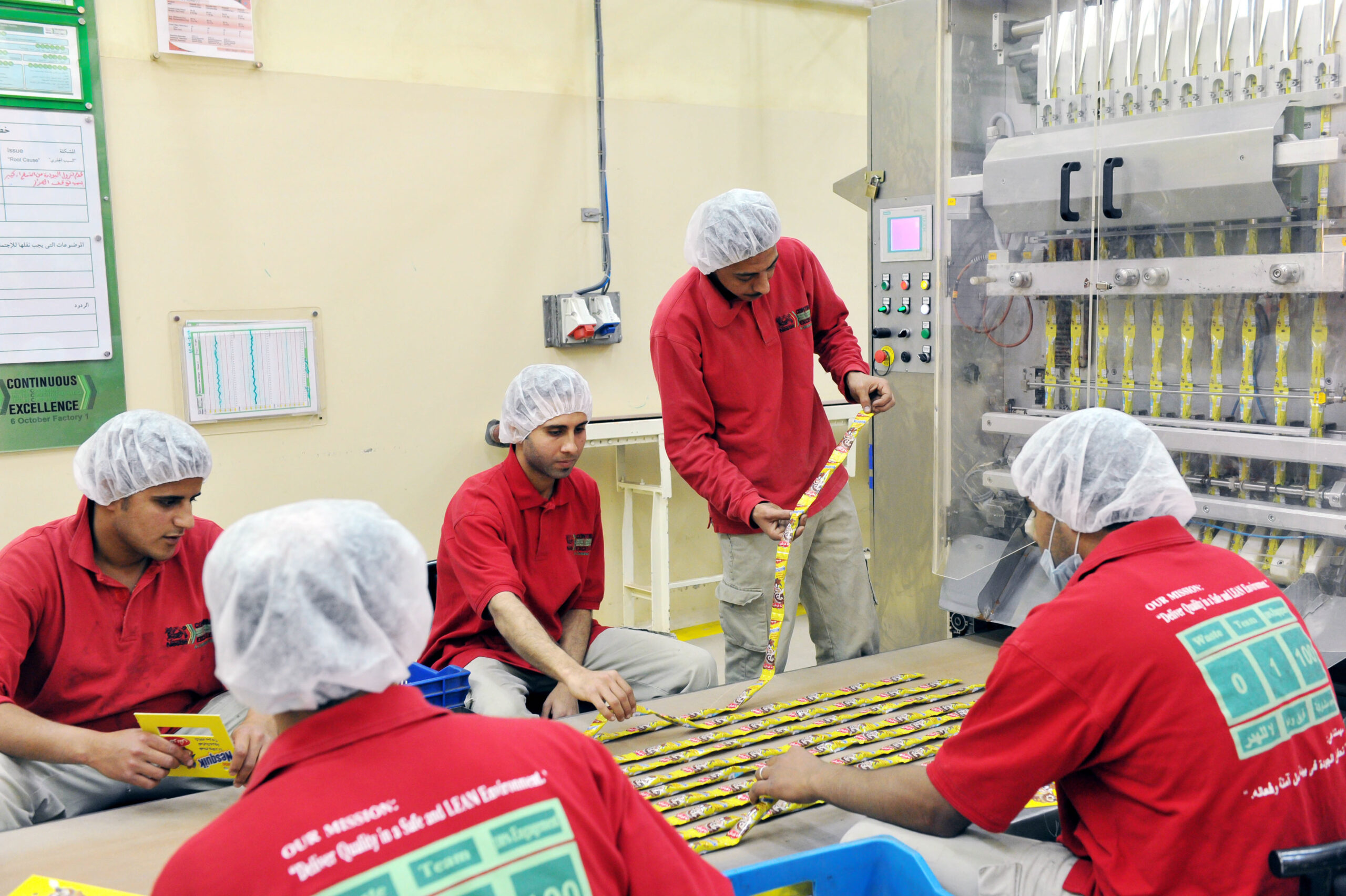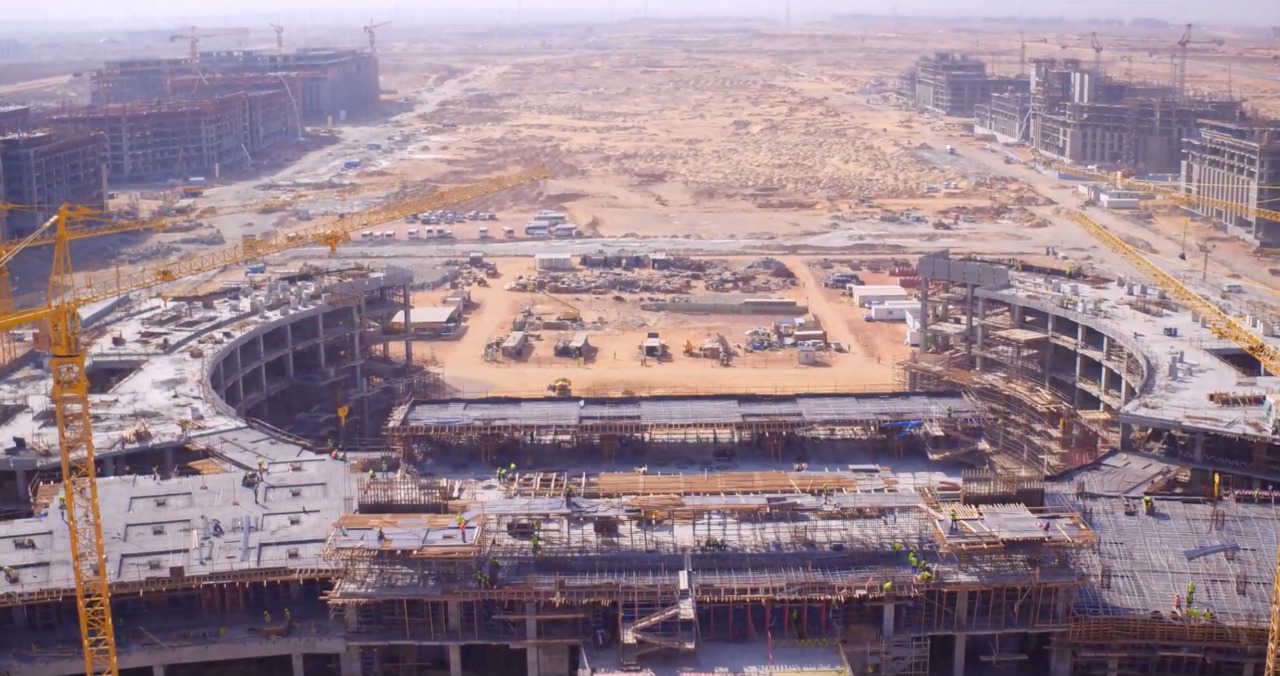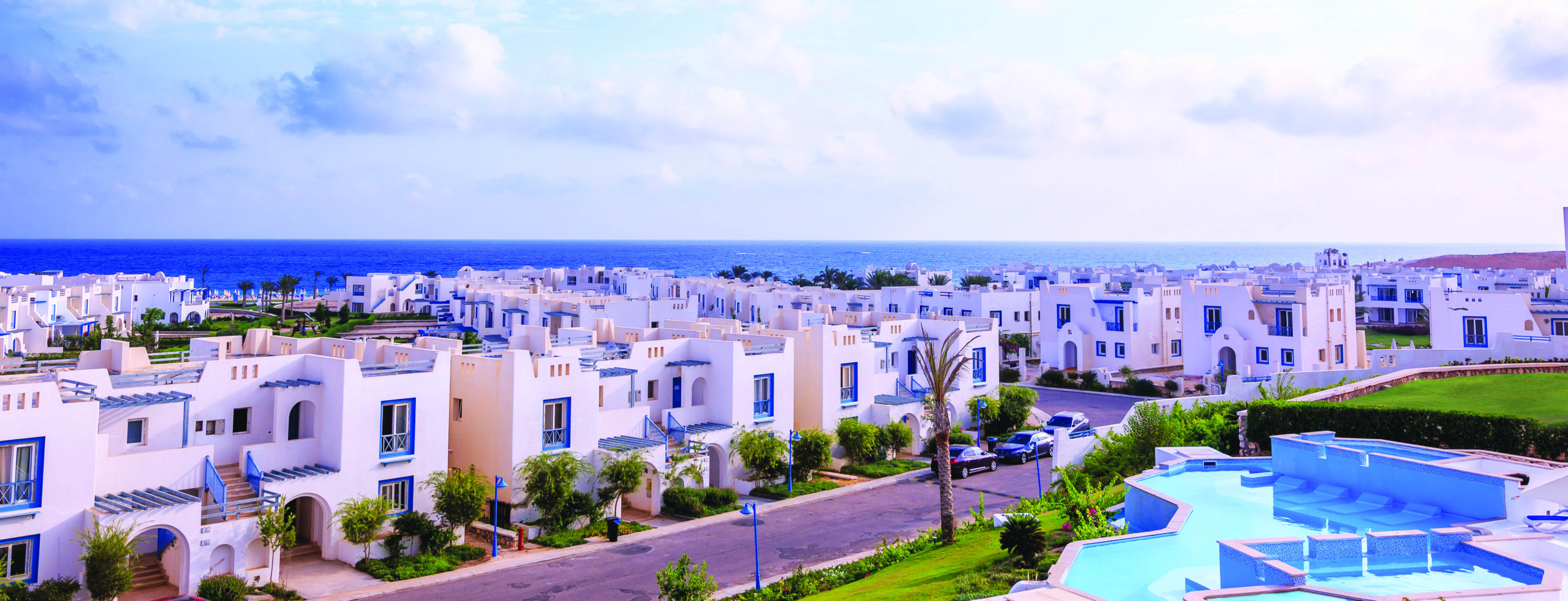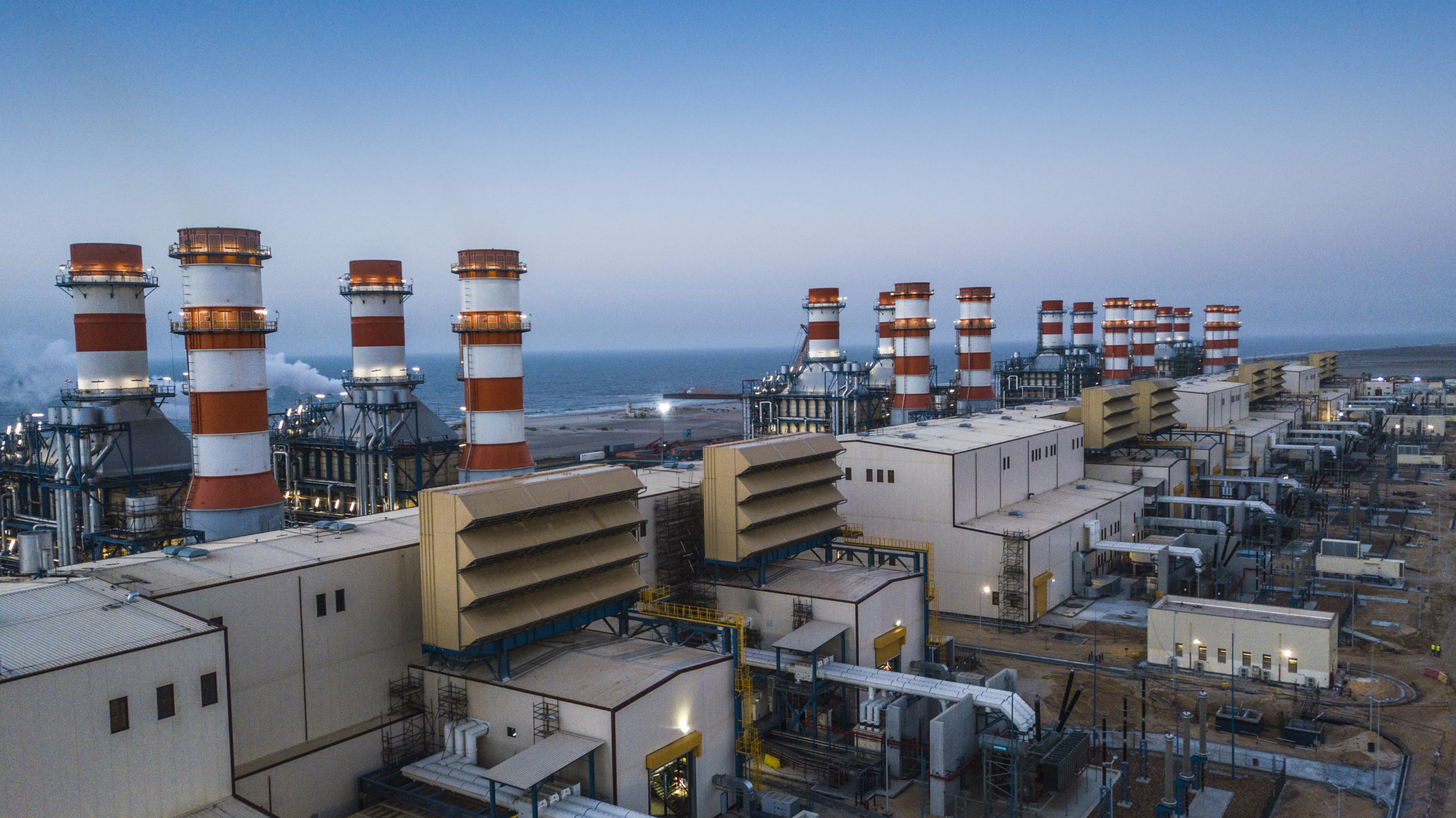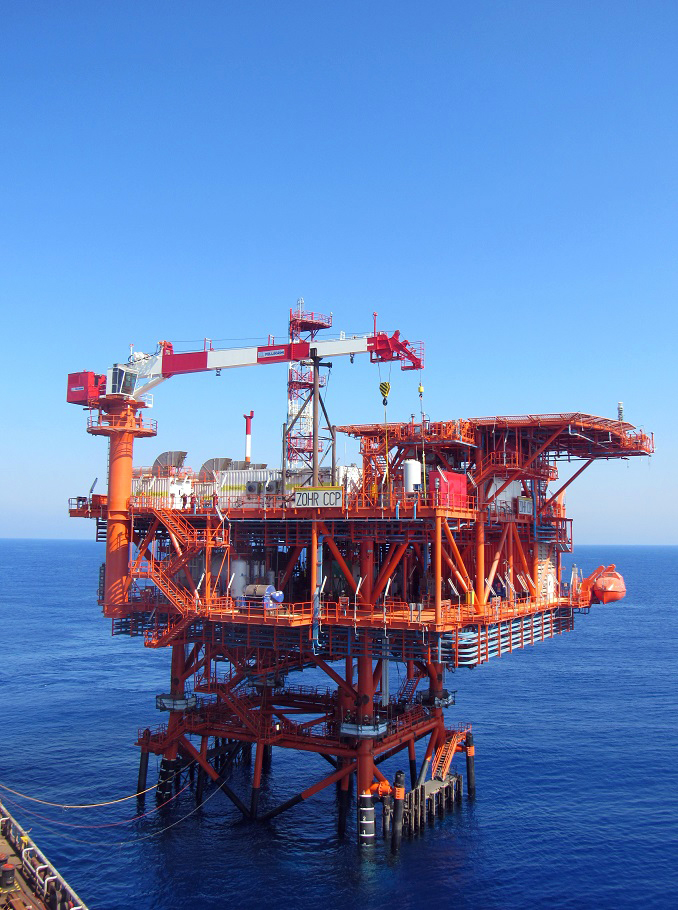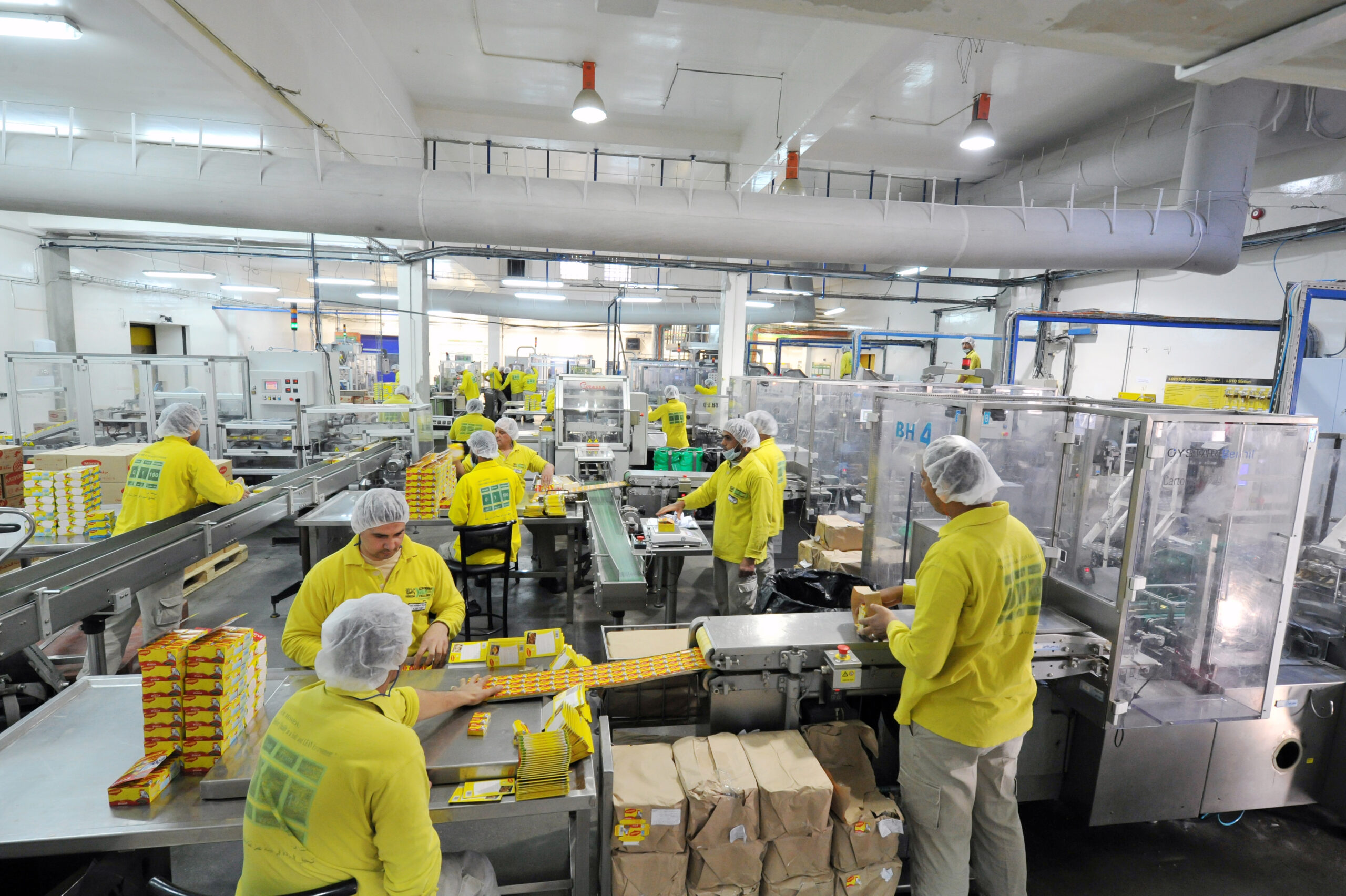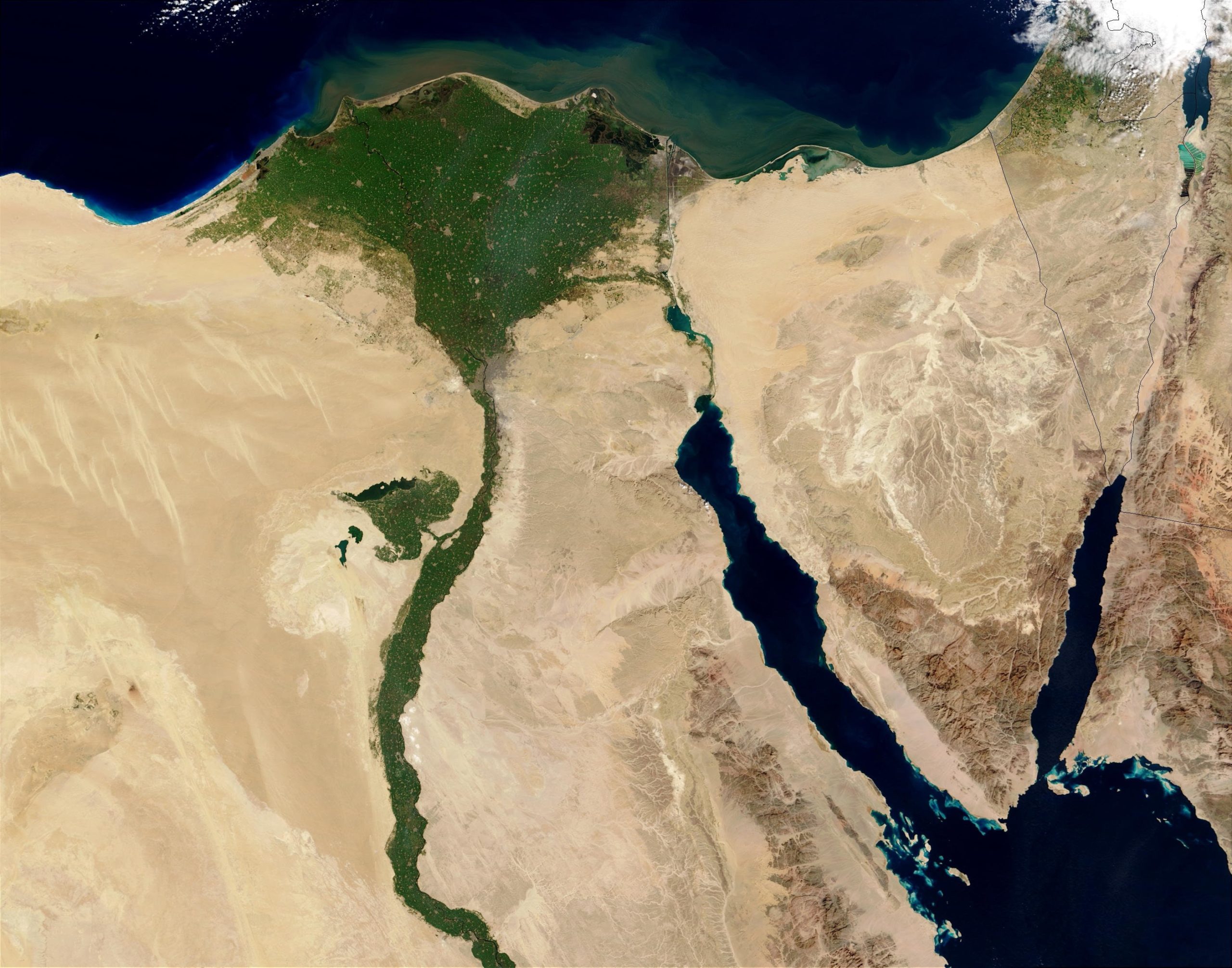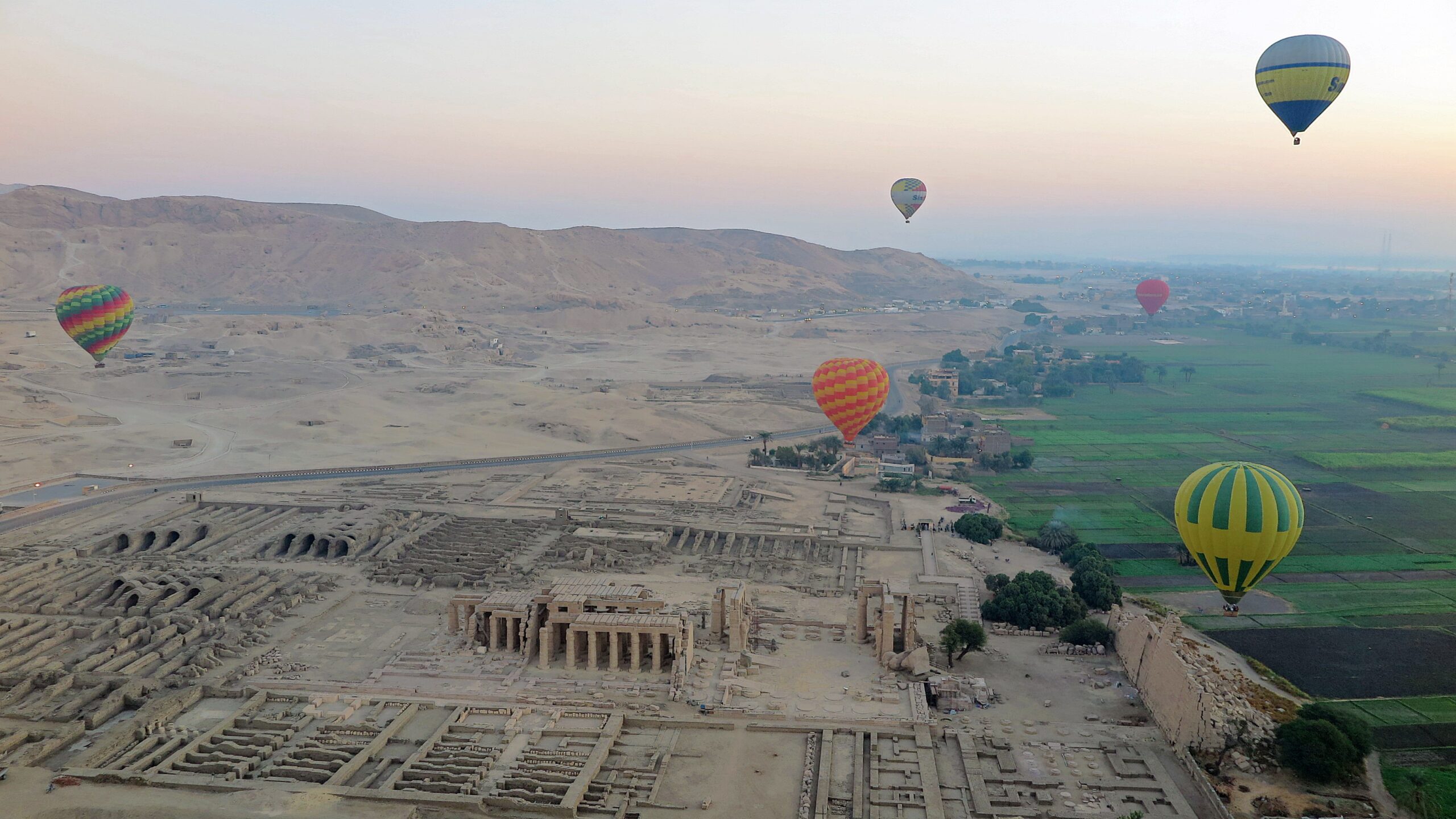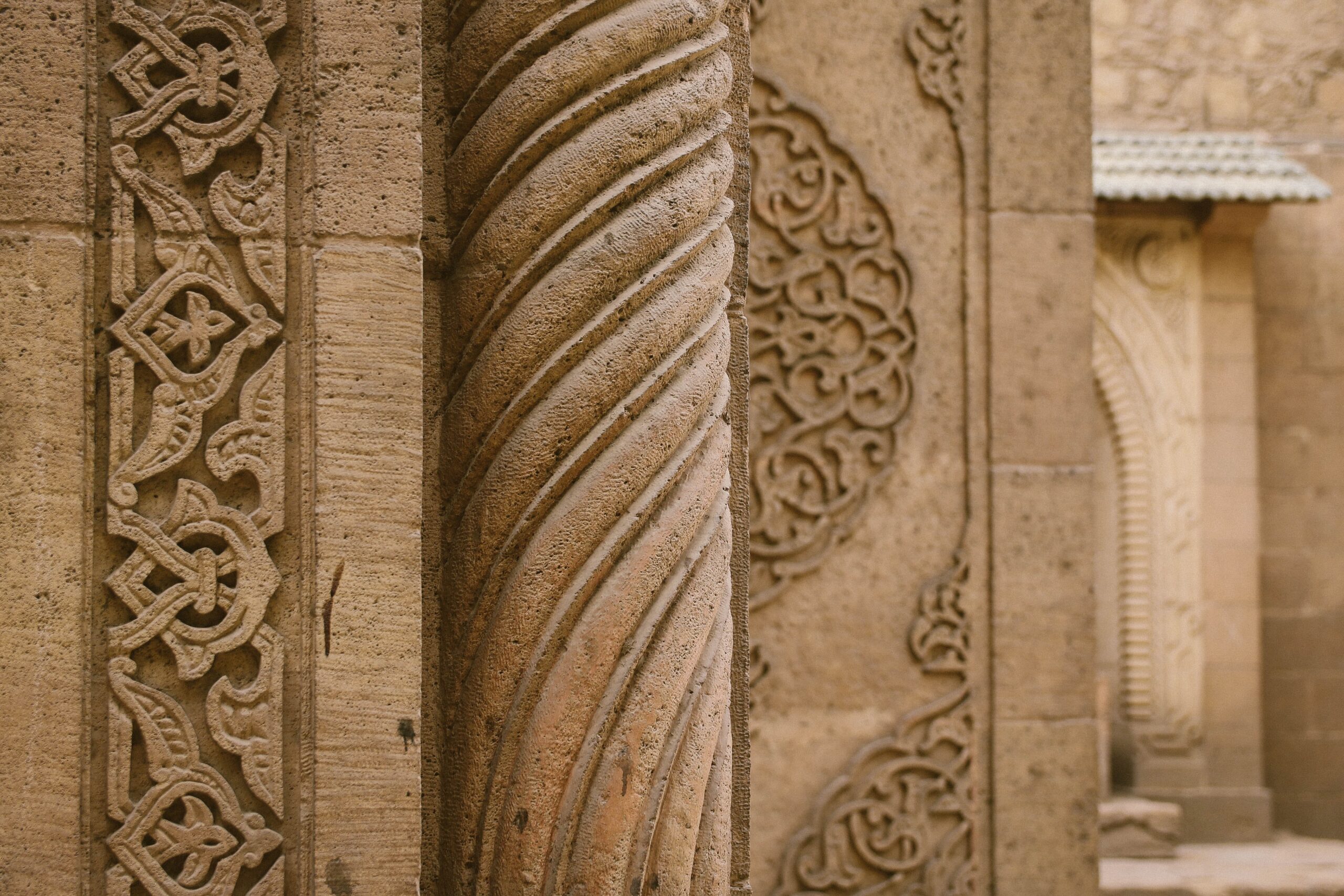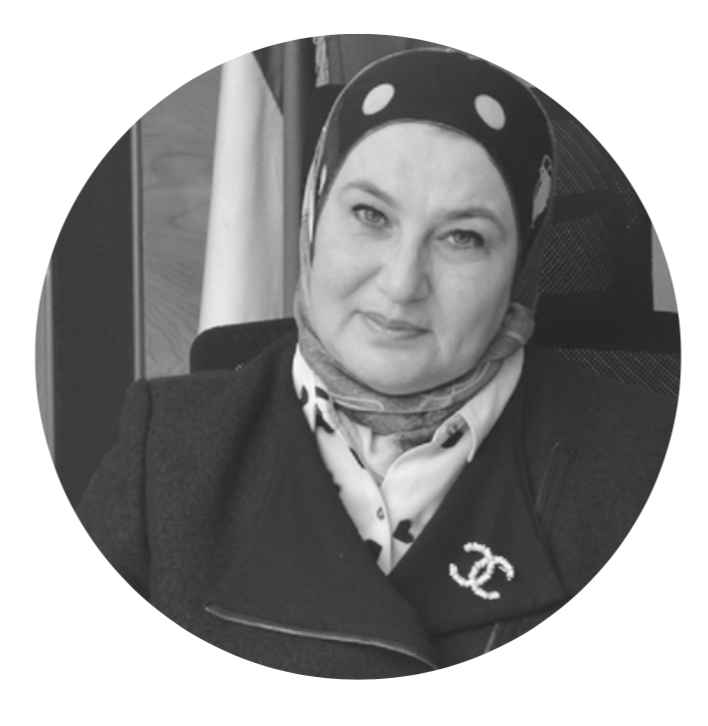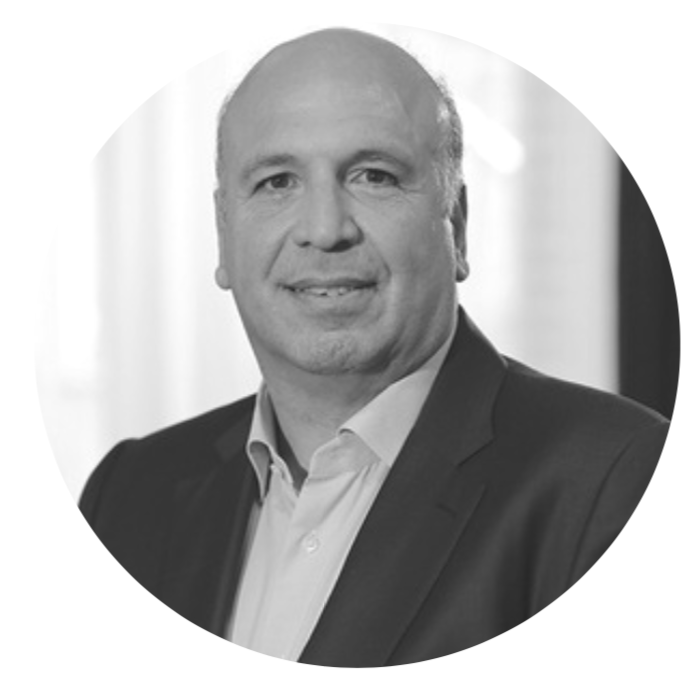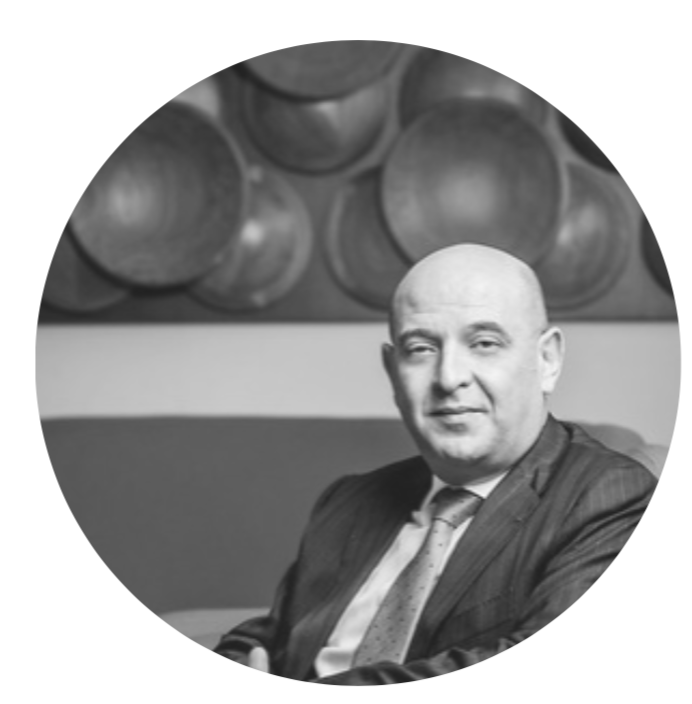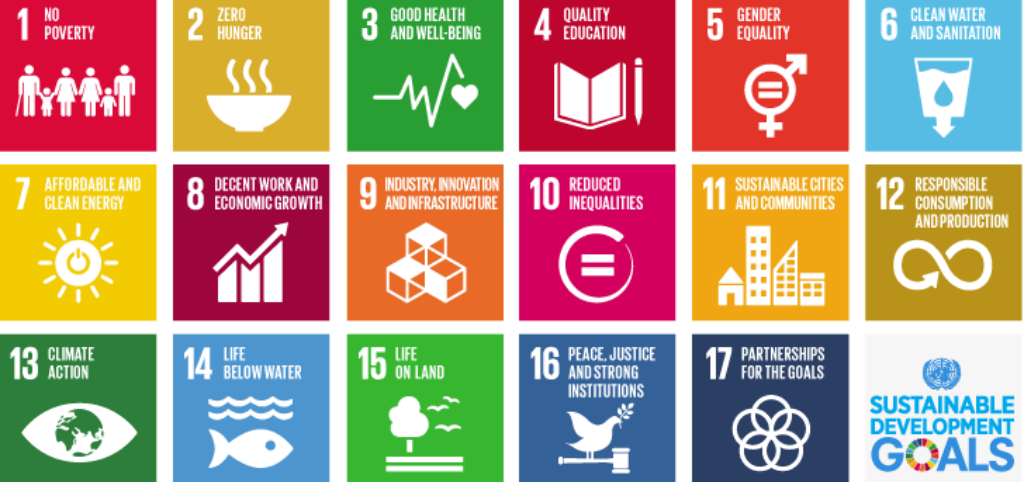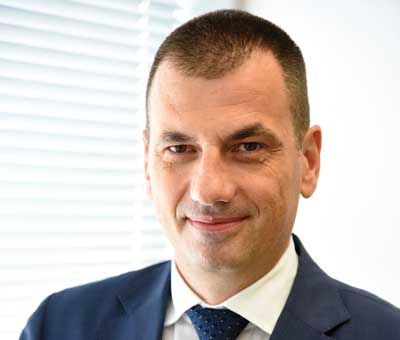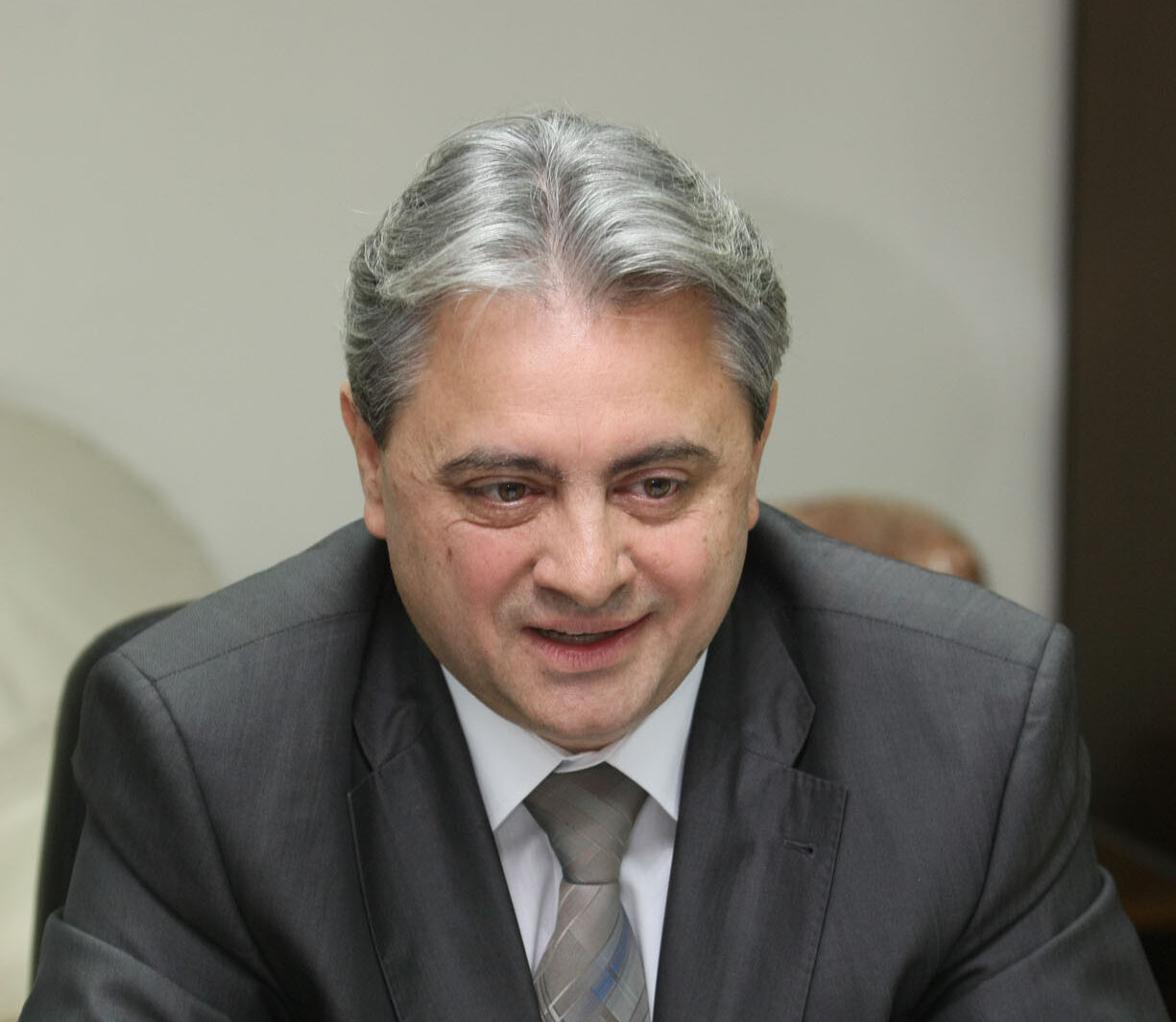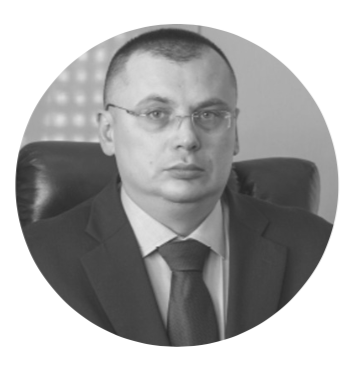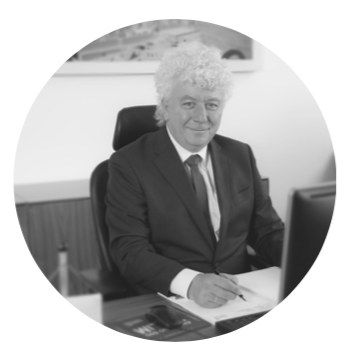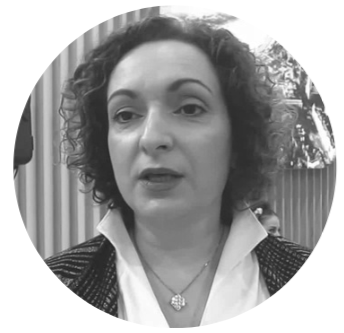
The home of innovative and ambitious companies
The Netherlands’ smallest province packs a big punch and is an excellent gateway into Europe for American companies. The province of Utrecht’s eponymous capital city, Utrecht, is home to the largest train station in the Netherlands and is the country’s most important rail hub. It lies less than 45 minutes by train from Amsterdam Central Station and 45 minutes from the Port of Rotterdam by car. As a region, Utrecht is able to capitalize on the benefits of Amsterdam and Rotterdam while providing a higher quality of life for residents, and providing ample cost-efficient space for companies to expand operations.
At its core, Utrecht is all about healthy living, nature, historic cities, and culture. The region is also known for being an innovation hotbed, with pioneers developing solutions in healthcare, life sciences, mobility, digital media, and sustainability.
According to Tom Willebrandts, Manager of Foreign Investments and International Trade at ROM Utrecht Region, the regional development agency of the province of Utrecht, “We have a lot of world class research institutes within the region and many of them are focused on contributing to solving global challenges.”
The region has fostered the development of an ecosystem that spans from Utrecht to Amersfoort, the second-largest city of the province of Utrecht, creating a strong axis that encompasses a mixture of research institutions, top universities, leading companies e.g. Royal HaskoningDHV and Arcadis, and government support. One part of the ecosystem is an initiative known as Earth Valley, which enables a mix of entities to collaborate on social and technological issues around climate adaptation, mobility and sustainability. The ecosystem is already providing innovative solutions focused on social issues in healthy living environments, water management, new mobility concepts, sustainable and circular construction, geo-data, and energy transition.


One example of an indigenous solution is the We Drive Solar project, which merges mobility and energy systems. It enables driving through solar power, and is currently focusing on installing thousands of solar panels to power a grid of smart charging stations providing energy for hundreds of its shared electric vehicles. They have an MOU with Hyundai.
Two other important ecosystems that have formed within the Utrecht- Hilversum axis are Life Sciences and Health, and Digital and Media. Utrechts’ Life Sciences and Health ecosystem is composed of more than 800 companies that are contributing to the global development of healthcare technologies, digitization, pharmaceutical innovation, and providing healthcare solutions. One of the pillars of this ecosystem is Utrecht Science Park which is the Netherlands’ largest and fastest-growing science park, and alone hosts ten knowledge institutions and over 130 R&D companies.
The Digital and Media ecosystem growing in Utrecht Region is focused on fostering media and IT. It already attracted global giants focused on the applied gaming industry, media technology and design. At its center is the province’s Media Park in Hilversum, which is an established hub for professional media companies, major broadcasters, creative young talent, and entrepreneurs.
Willebrandts expanded, “The province of Utrecht has also put a lot of emphasis on promoting healthy urban living. We have vast biking facilities and our central station possesses the largest bike park in the world, which is used by many commuters daily. Residents enjoy Nthe picturesque landscapes filled with woodlands, nature reserves, and a rich cultural history including modern art and historic castles. We have a lot of research institutes within the region and many of them are focused on contributing to solving global challenges.”
He continued, “Overall, Utrecht is an excellent place to live and an ideal European gateway for American companies. As a governmental agency, ROM Utrecht can strategically assist and support American businesses looking to grow operations in the Utrecht Region. We help foster local partnerships by connecting innovative entrepreneurs with academic institutions, provide financing, and help companies reach their growth ambitions – supporting them every step of the way.”

